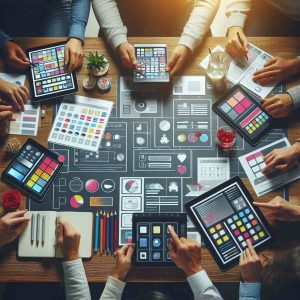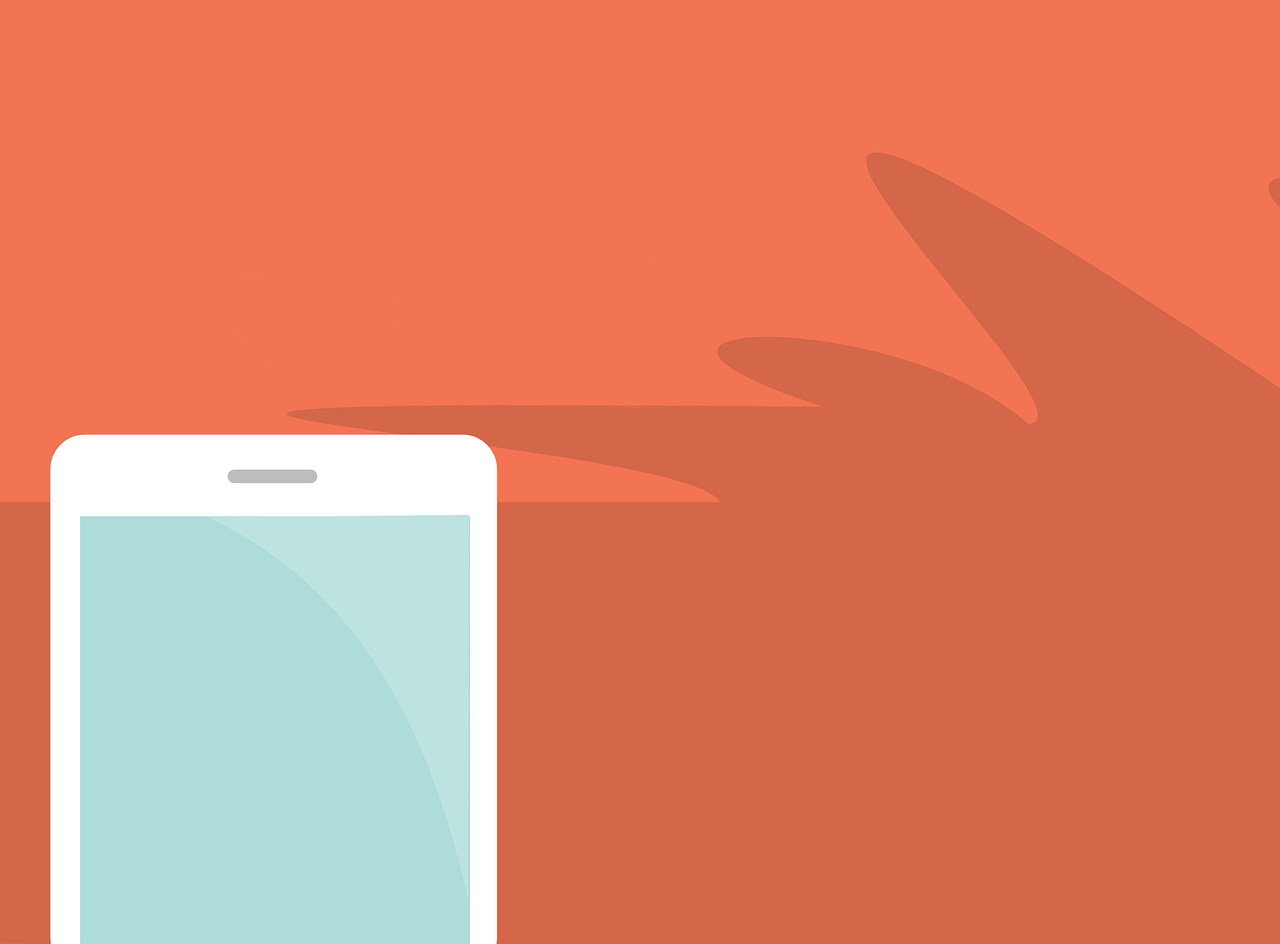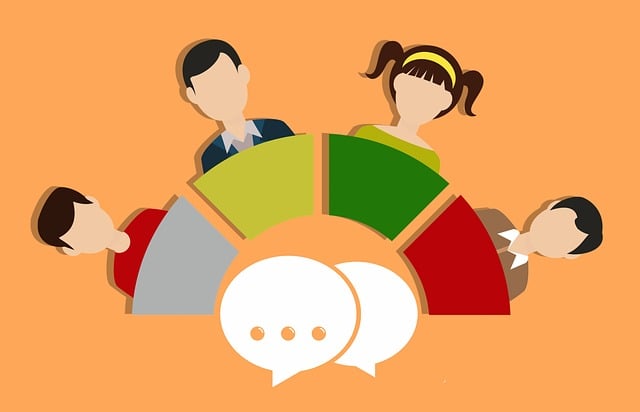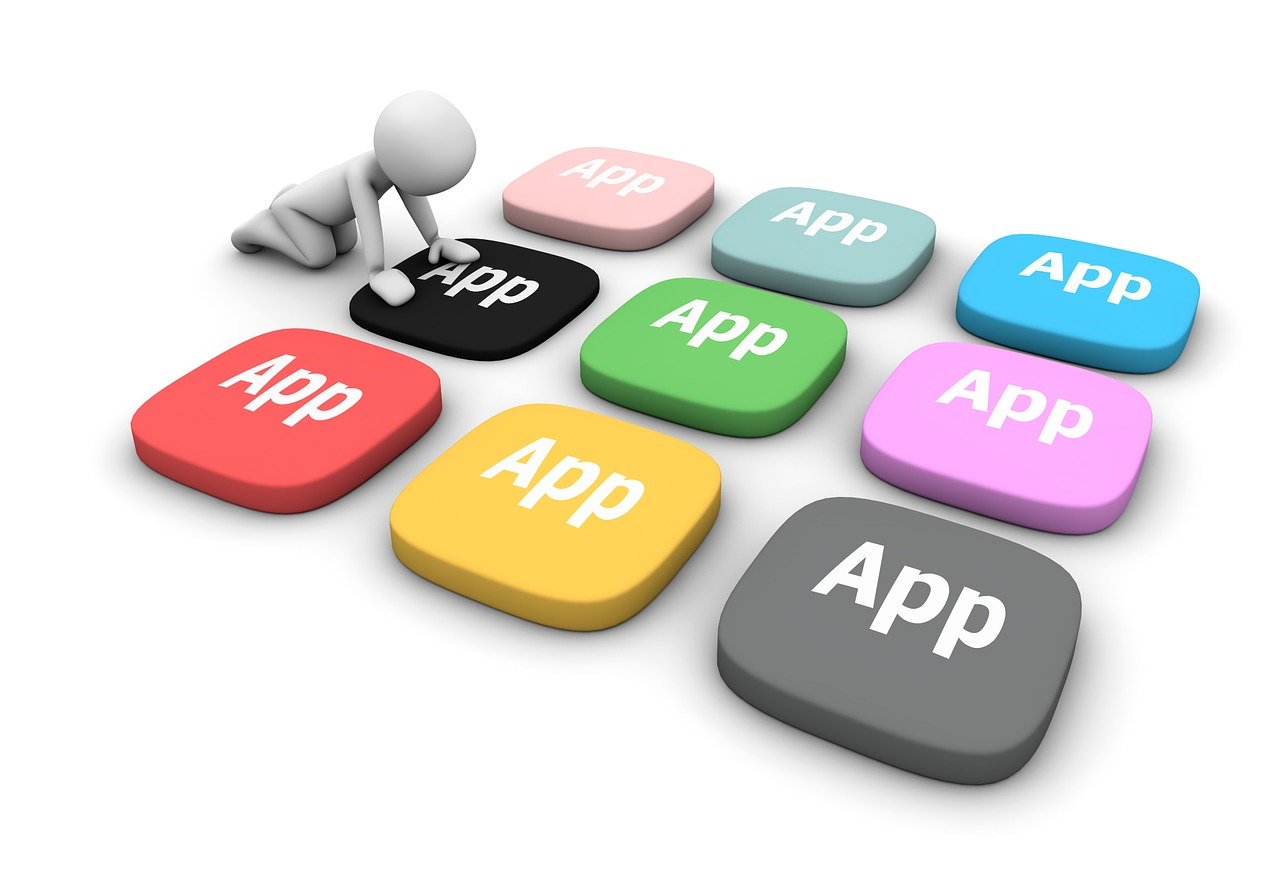 App technology continues to evolve at an incredible pace. Every year, new tools, platforms, and frameworks emerge to make app development faster, smarter, and more user-friendly to download design resources. Businesses now rely on apps not just to sell products, but also to connect with customers, deliver services, and create memorable digital experiences. Whether it’s mobile apps for shopping, desktop apps for productivity, or web apps for entertainment, technology has made development more accessible than ever.
App technology continues to evolve at an incredible pace. Every year, new tools, platforms, and frameworks emerge to make app development faster, smarter, and more user-friendly to download design resources. Businesses now rely on apps not just to sell products, but also to connect with customers, deliver services, and create memorable digital experiences. Whether it’s mobile apps for shopping, desktop apps for productivity, or web apps for entertainment, technology has made development more accessible than ever.
Modern app builders allow designers and developers to collaborate easily, share prototypes, and adjust layouts in real time. Tools like Flutter, React Native, and SwiftUI have simplified coding for both Android and iOS platforms. This makes it easier for startups and designers to create visually appealing apps without needing a large technical team.
App technology has also expanded beyond functionality. Today’s users expect intuitive interfaces, fast loading times, and visually pleasing designs. As a result, developers and designers rely heavily on downloadable design resources to create apps that look professional and perform smoothly.
Why Design Resources Matter in App Development
Design is at the heart of every successful app. It’s what determines whether users stay or leave after just a few seconds. Downloadable design resources—such as UI kits, icon packs, templates, and mockups—help simplify the creative process while ensuring consistency and style.
For developers, these resources save time. Instead of creating every button or icon from scratch, they can download pre-designed elements and customize them. This speeds up production and reduces the cost of development. For designers, resources like wireframes, vector illustrations, and typography sets make it easier to visualize ideas before coding begins.
Another important benefit is standardization. Using downloadable UI kits that follow modern design guidelines ensures that apps look clean and professional across devices. For example, using Google’s Material Design or Apple’s Human Interface Guidelines helps apps feel familiar to users while maintaining a unique brand identity.
Types of Downloadable Design Resources
There’s a wide range of downloadable resources available online, many of which are free or come with affordable licenses. Here are some of the most valuable types for app creators:
- UI Kits – Complete collections of interface elements like buttons, forms, sliders, and navigation bars. These are especially useful for prototyping and maintaining a consistent look throughout the app.
- Icon Sets – Ready-made icons in vector format that can be scaled without losing quality. They help communicate ideas quickly without using too much text.
- Typography Packs – Curated font collections that match specific app styles, from minimalistic to playful. Typography can significantly affect readability and visual tone.
- Mockups and Wireframes – These provide a visual structure of the app before development starts. They allow teams to test user flow and layout design.
- Illustrations and Animations – Custom illustrations or Lottie animations make apps more engaging. They add personality and help establish a strong brand presence.
Each of these resources contributes to a smoother workflow, better collaboration between teams, and a faster launch time.
How to Choose and Use Design Resources Effectively
While it’s tempting to download everything available, not all resources fit every project. Choosing the right ones depends on your app’s purpose, audience, and visual identity.
Start by defining your app’s theme and color palette. A finance app, for example, should look professional and calm, using clean layouts and muted tones. In contrast, a lifestyle or gaming app can use brighter colors and playful illustrations. Once the visual direction is clear, choose UI kits and icons that align with your branding.
When integrating downloadable assets, always customize them to reflect your brand’s personality. Avoid using templates as-is; small changes in colors, typography, or button styles can make your app look unique. Also, ensure that all downloaded resources are compatible with your design tools (such as Figma, Adobe XD, or Sketch) and optimized for both Android and iOS resolutions.
Another key point is licensing. Always check whether a resource is free for commercial use or requires attribution. This prevents copyright issues later on and protects your app’s credibility.
Where to Find High-Quality Design Resources
The internet is filled with platforms offering free and premium design assets. Popular websites like Figma Community, Dribbble, UI8, Freepik, and Behance offer thousands of downloadable templates and components. These platforms feature designs from professionals worldwide, giving developers access to creative ideas and trends.
For developers seeking code-based resources, GitHub repositories often include open-source UI components that can be integrated directly into app frameworks. Meanwhile, websites like LottieFiles provide lightweight animations that improve user experience without affecting app performance.
It’s best to maintain a personal library of your most-used resources. Store UI elements, fonts, and icons that suit your brand so you can reuse them in future projects. Over time, this helps establish consistency across all your digital products.



